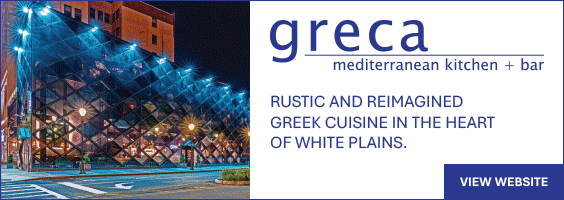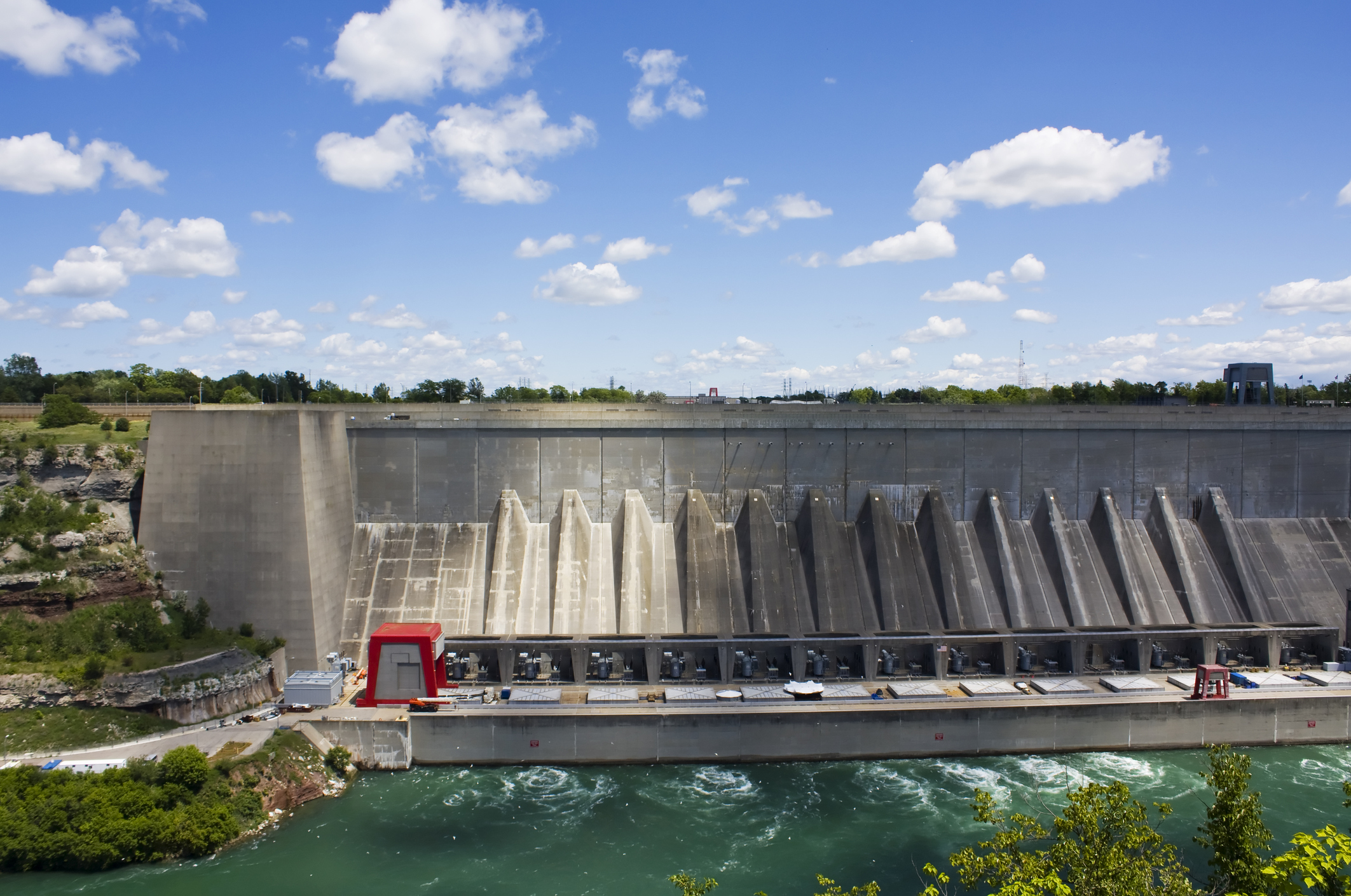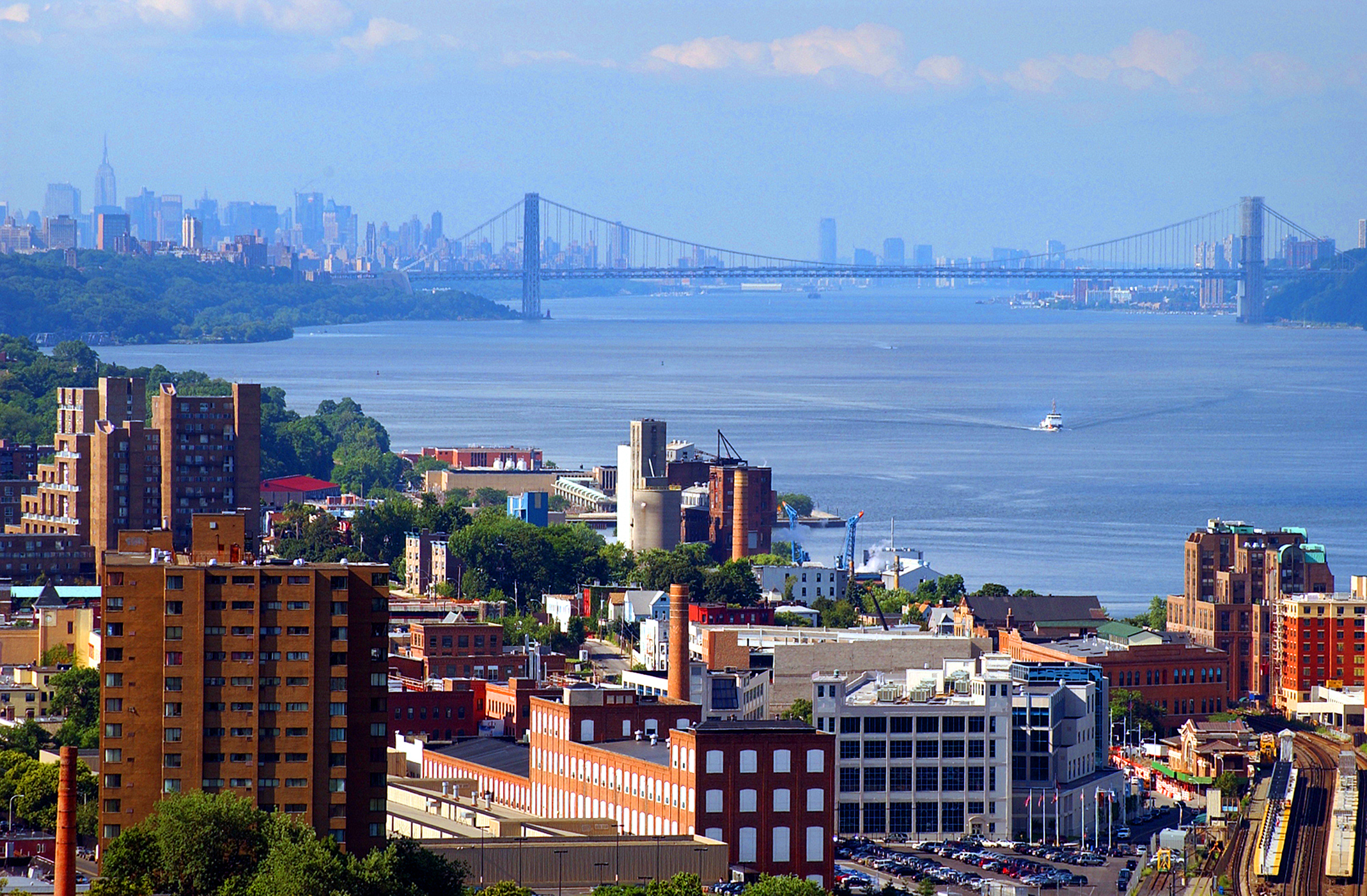Power Trip
News Based on facts, either observed and verified directly by the reporter, or reported and verified from knowledgeable sources.
A community-based bulk electricity purchasing program is helping Westchester make the journey from fossil fuels toward green, renewable energy.

Good morning! Today is Friday, December 3, and you are reading today’s section of Examiner+, a digital newsmagazine serving Westchester, Putnam, and the surrounding Hudson Valley.
Today’s Examiner+ is sponsored by Greca Mediterranean Kitchen+ Bar in White Plains.


Westchester Power, run by environmental nonprofit Sustainable Westchester, allows individuals and small business owners residing in participating municipalities throughout the county to use a locally chosen, renewable energy alternative to state-mandated utility companies Consolidated Edison (ConEd) and New York State Electric and Gas Corporation (NYSEG).
While ConEd and NYSEG still provide the energy supplied through Westchester Power, Westchester Power negotiates the best possible rate on behalf of the participating municipalities — purchasing electricity in bulk for fixed prices. Launched in May 2016, 28 of Westchester’s 48 municipalities currently participate in the program.
“The high rate of participation is a measure of the high priority that communities are placing on actively fighting climate change,” Maria Genovesi, Director of Marketing, Communications, and Outreach at Sustainable Westchester, said in an email to Examiner+.
While most people in the Westchester area have lived with electric utilities and energy service companies (ESCOs), municipalities stepping back in and creating a new default energy supply, Genovesi said, was a significant change.
“Community choice aggregation (CCA) came on the scene because, number one, ESCOs weren’t functioning the way we wanted it to,” Dan Welsh, Program Director of Westchester Power, said. “And secondly, communities wanted to come together, have some impact, and be proactive about what to purchase.”
An ESCO is a third-party supplier that provides electricity and natural gas to residential and businesses customers using the transmission or distribution system of a utility. While the local utility such as ConEd or NYSEG will still actually deliver the energy to a home or business, consumers can choose the source of their energy through an ESCO. In other words, picking an ESCO changes where the utility company gets the energy, giving consumers the opportunity to select a renewable-only energy supply.

A hydropower plant station in upstate New York (Getty)
New York first opened up the energy market in the early 2000s to give New Yorkers more choice in how they get energy and drive down prices by introducing market competition. Today, there are over 200 ESCOs operating in the state.
As an emerging model of energy procurement, CCAs allow local governmental entities to procure electricity on behalf of retail electricity customers.
Leveraging collective purchasing power, Welsh said, was largely driven by communities’ desire to move toward a green energy supply. The CCA model is still relatively new, with the first emerging in the late 1990s.
In 2014, former Governor Andrew Cuomo announced plans to develop CCAs in New York as a part of the state’s larger Reforming the Energy Vision initiative. Enacting CCAs is one way to reach New York’s ambitious target of sourcing 50 percent of its electricity from renewable energy by 2030.
Currently, CCAs are only permitted in eight states, and five additional states have introduced legislation for CCAs.
Of the 28 municipalities participating in Westchester Power, 26 are enrolled in the green supply option, which uses 100 percent hydropower registered through the New York Generation Attribute Tracking System, a record-keeper that tracks information about all electricity generated, imported, and consumed within the state.
Currently two municipalities — Mount Kisco and Somers — are enrolled in the standard supply option, which is a combination of fossil fuels, nuclear power, and lesser amounts of renewable energy sources.
While residents who live within these municipal jurisdictions are automatically enrolled in Westchester Power, and the supply the municipality has chosen by default, individuals are able to opt-in or opt-out at any time. In other words, a Somers resident interested in having all of their electricity powered by renewable hydropower can switch to the green supply at any time.
According to rough estimates from Sustainable Westchester, less than one perfect of total participants have elected to switch their supply, and, of those switches, opt-downs, or switching from green to standard, account for two times more than opt-ups, or switching from standard to green.
Welsh said many municipalities chose to go with the green supply because they were being transparent with residents when first becoming a part of Westchester Power and the opt-out option was provided. Conversely, for Mount Kisco and Somers, Welsh said, the feeling was that the final decision (beyond participating in Westchester Power) should be with the residents.
“The Town Board feels residents should be free to make the choice to pay more for the green rate,” Rick Morrissey, Somers Town Supervisor, said. “The purpose of being a member of the Community Choice Aggregation program is to provide a fixed fee for electricity which would be lower than market rates. That said, the standard rate does just that.
“Should residents want the option to switch to the green rate, they are free to do so,” Morrissey emphasized.
Today’s supporting sponsor is the Peekskill Business Improvement District.

Judy Zingher, an Elmsford resident and active citizen in the fight against climate change, is working to help her synagogue, Bet Am Shalom in White Plains, go green.
“I was very eager to get them to use and support green energy,” Zingher said.
After Bet Am Shalon signed onto Sustainable Westchester’s Community Solar program — an effort Zingher helped drive — she encouraged them to also join Westchester Power. As a recipient of the green supply on her own utility bill, Zingher was keen to get the synagogue to make the shift toward renewables too.
“Since [Community Solar] is underway, I undertook the second one: Westchester Power,” Zingher said, highlighting that, given the opportunity, she thinks individuals, small businesses, or places of worship in participating municipalities should be a part of both.
“For one thing, it’s cheaper [than ESCOs] and for another, it gives the community more power and strength to get even better deals and more renewable energy.”
In Mount Kisco, Mayor Gina Picinich said the Village Board of Trustees has had extensive conversations about switching to the green option.
Although cheaper than ESCOs, “The cost of green energy is more expensive than the standard [option],” Picinich said. “We felt we could not make the choice to have Village energy customers automatically pay the higher rate.”
Picinich explained that this is a choice the Board of Trustees feels individual energy customers should make, not the Village. “We encourage residents to switch to the green option, which is an easy process,” Picinich said.
Using a reverse auction mechanism, Westchester Power works to get the best price through the energy market for its ultimate goal: to maximize the use of clean energy in Westchester. “The program though cannot be assessed on rates alone but rather [by] the environmental impact that collective participation makes in terms of the reduction of carbon emissions countywide,” Genovesi said.
Generally speaking, renewables are not more expensive, as the cost of a megawatt-hour of wind, hydro, or solar power is very low — especially as the cost of renewable energy continues to fall.
But, that said, there are still more factors than that direct cost that goes into getting renewable energy to power a home or business, which makes it difficult to make a sweeping statement on whether green energy is more expensive.
“Longer term, our hope is to leverage our purchasing power into longer-term contracts that may further insulate our participants from the ups and downs that the last throes of the fossil fuel era will bring,” Genovesi said.
When a municipality decides to become a member of Westchester Power, it must follow regulations set forth by the New York State Public Service Commission (PSC), which include establishing a local enabling law, communicating with the public through outreach and education, and submitting records of this process to the PSC’s administrative arm. From there, contractural arrangements are made.
The process takes six to eight months at minimum, but it can take longer depending on the needs and size of the community.
Yonkers announced its plans to join Westchester Power in February of 2021. Currently, Yonkers’ participation in Westchester Power is pending Yonkers City Council legislation approval. Upon approval, Yonkers will become the 29th and largest municipal member of the program.
“Sustainability long has been one of the pillars of my Administration,” Yonkers Mayor Mike Spano said. “Joining Westchester Power is the next step in providing clean, renewable energy to our city while ensuring residents and businesses get the best clean energy rates possible.”
“We are proud to prepare the community today for a healthier, greener Yonkers tomorrow and Westchester Power will help get us there,” Spano said.

As of February 2021, Yonkers announced its plans to join Westchester Power. (Getty)
While utility companies like ConEd market themselves as being one of the largest renewable energy suppliers, in New York, the validity of that claim ultimately comes down to technicalities.
“That’s true, but just not in New York State,” Welsh said. “They’re not generating [here].
The same is true for NYSEG in the Northern part of the county, Welsh said. In New York State, ConEd and NYSEG are regulated utility companies as opposed to generators of renewable energy.
The current iteration of the electrical ecosystem, Welsh explained, primarily came out of restructuring that occurred in the late 1990s and early 2000s, which sought to de-monopolize utility operations. Distribution remains the utility companies’ core business, making them responsible for utility maintenance, billing systems, storm response, and repair efforts.
In this same restructuring, ESCOs, essentially aggregators who find the energy supply and turn it around to the end-user, came onto the scene. Then there are generators themselves — those who specialize in generating facilities and hook them into the New York Independent Systems Operator (NYISO) market, which coordinates all of the power onto the grid and keeps all of the power balanced.
New large-scale new renewable energy is primarily being constructed by developers that specialize in these projects. While the utility companies have a role to play in connecting these projects when they are in their zones — and managing the development of the grid so that it can handle these new resources — they are not generating renewables themselves.
For high school student Nora Lowe, renewable energy has been a key priority for Sunrise Movement’s Westchester Hub, the county’s local chapter of the national youth-run, climate-focused political organization, of which she is communications director.
https://instagram.com/p/CPwBbvbgN72/
Recently, the Hub was involved in the fight for the New York State Build Public Renewables Act, commonly referred to as Public Power, which sought to shift the state to a 100 percent renewable, democratically-controlled, publicly-owned energy system.
Under Public Power, CCAs would continue to exist and be encouraged, while all for-profit supply-side ESCOs would be banned. The bill — which failed to pass — hoped to not only bring all generation, transmission, and distribution in the state under public ownership but also deliver on renewable energy targets.
“When [Public Power] wasn’t passed, it made us happier to see that there are programs like Westchester Power,” Lowe said, underscoring that the switch to green energy in New York is crucial. “Having Westchester Power means we have a bridge to facilitate the transition effectively.”
Lowe said that while local municipalities getting permission from the PSC to participate in Westchester Power gives her confidence that Westchester County is actively acknowledging the climate crisis, there’s still room for improvement.
“Right now, it’s still in the hands of the consumer, with the opt-in and opt-out,” Lowe said. “This is certainly a step in the right direction, and it’s a very impressive one, but of course, there’s still a ways to go.”
Welsh said the long-term goals for Westchester Power and Sustainable Westchester are to completely clean up the state’s energy economy, further leverage its purchasing power, and help accelerate the construction of new renewable facilities — working in tandem with New York’s green energy goals.
“The general direction is to continue to pick away at the fossil fuel infrastructure.”
Bailey Hosfelt is a full-time Reporter at Examiner Media, covering LGBTQ+ issues, climate change, the environment, and more. You can follow Bailey on Twitter at @baileyhosfelt.
We hope you’ve enjoyed today’s section of Examiner+. What did you think? We love honest feedback. Tell us: examinerplus@theexaminernews.com

Examiner Media – Keeping you informed with professionally-reported local news, features, and sports coverage.
